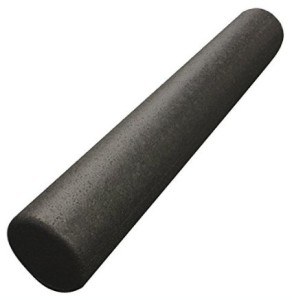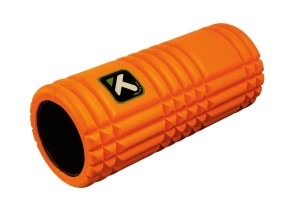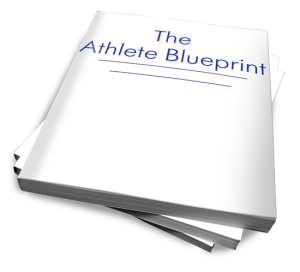If you are still of a mind that foam rollers are for everyone else, then you are missing out on one of the most effective tools at your disposal for recovery and injury prevention. Foam rollers are the most popular mechanism for self myofascial release and are gaining popularity among elite athletes of all walks because of the drastic and usually immediate impact it has on their performance and overall health. Here are some of the most frequently discussed aspects of self myofascial as it pertains to dedicated athletes. Foam rollers are cheap and effective, and in my opinion should be in every serious athlete’s tool box.
What is Myofascial Release?
WHAT ARE THE BENEFITS OF Myofascial Release for Athletes?
Myofascial release can have a wide range of benefits for athletes at every level. Some of the basic, most obvious benefits will be increased blood flow throughout the body, better movement and increased range of motion. These benefits can decrease the chance of injury and decrease recovery time after a workout. A decreased recovery time means more training sessions per week/month and results can come quicker. Increased circulation is huge for recovery and greater ROM means you get to work muscles more thoroughly on training days. Foam rolling should be done both pre and post workout for maximum results.
WHAT ARE THE MOST BASIC THINGS YOU CAN DO ON THE FOAM ROLLER TO START SEEING PERFORMANCE BENEFITS?
The first thing to do to start seeing results is to foam roll your calves. Most of the things we do negatively affect our calves. From the shoes we wear to the way we sit in a chair, our calves are in a shortened position most of the time. This limits the range of motion of the ankle and reduces function up the rest of the body. To address this, begin by placing one leg on the roller, then place the other leg on top of it. Raise the hips and slowly begin to roll to the knee. If you find an extra tender spot, stop and hold. You will also want to roll onto each side so that you can hit the calf more intensely on each side.
Next we will foam roll the quadriceps. Again, from the things we do, this area can become shortened and affect the function of the hips and put additional stress on the low back. Begin by lying down in a plank position and place the foam roller just above the kneecap. Slowly roll down towards the hip. If you find a tender spot, stop and hold for about 20 seconds. Then resume the rolling. After four rolls, bend the knee 4 times. Make sure to breathe through all of the rolling. For me the “ball” of the quadriceps closest to the knee was always a tender spot.
The third area to foam roll is the upper back, the thoracic spine. This area is designed for rotation and extension. With the postures most people are in, this area gets stuck. Begin by sitting on the ground and lay back to where the roller is just below the shoulder blades. Support your head with your hands and lean back into slight extension. Raise the hips and begin to roll towards the shoulders. This area normally does not feel as tender as the others but if it does, again feel free to stop and hold pressure on one spot. Roll through the area of the spine four times with the hips up. You might also get some popping in your back, which is normal.
My favorite spot to hit was the IT band, which is the outer portion of your leg. Get into a plank position and drop your weight onto the foam roller. It is highly likely that this will be incredibly painful for most athletes, but you will feel amazing once you power through the foam rolling.
When Should Self Myofascial Release with a Foam Roller be done
Ideally you would foam roll before a workout as part of a dynamic warm-up and as part of a cool down. As part of the warm-up, it should be the first thing done, before any stretching or cardio. Here, it serves to get the blood flowing the areas that maybe aren’t receiving as much blood flow and helps to reduce tension in muscles. As part of a cool down, the rolling helps to flush out blood that has pooled in the working muscles and allows fresh nutrients and oxygen to come in and begin the healing process. Think of foam rolling and myo fascial release as the poor man’s replacement for the massage therapists that many professional athletes use.
What’s the Best Foam Roller?
With foam rollers you generally get what you pay for, the cheaper foam rollers are made with less durable foam that will gradually lose shape and cause the foam roller to lose effectiveness. Below are two foam rollers that I have used that are on different ends of the spectrum but both very good for their price.
This is a great foam roller for those on a budget
This foam roller is slightly more pricey but is more convenient for travel, more durable, and looks much nicer. Get it here




